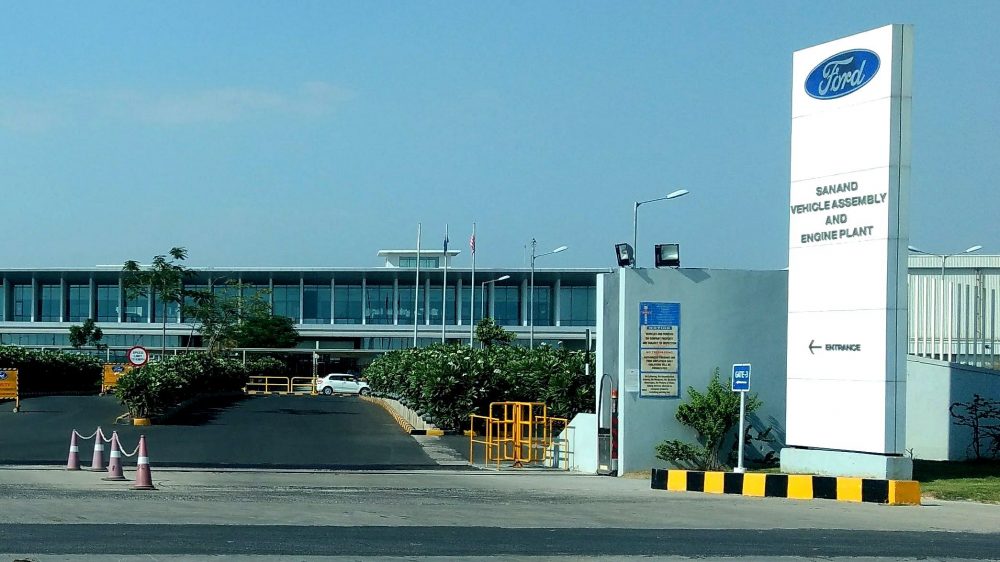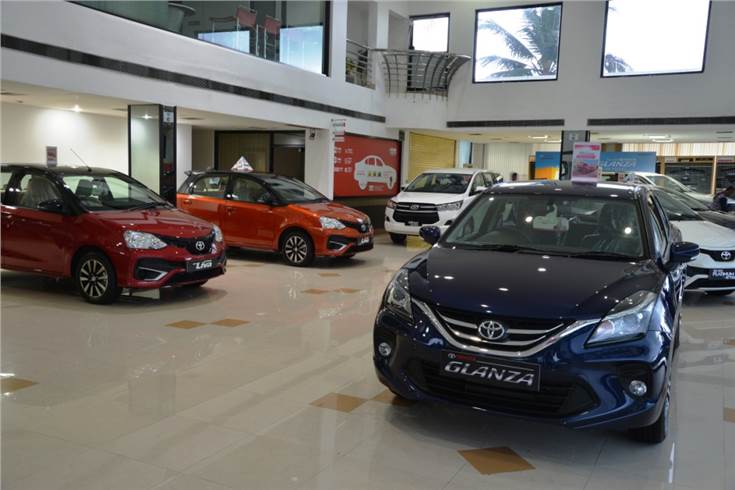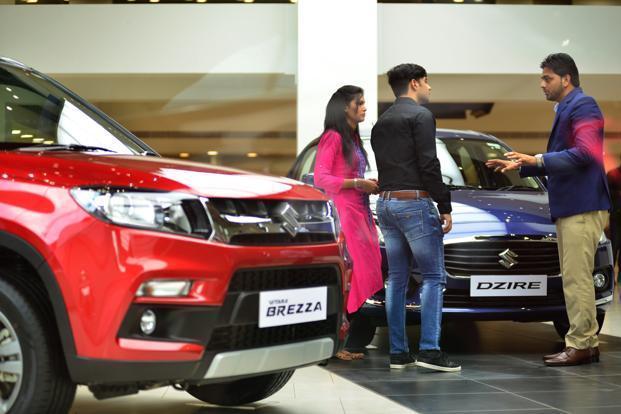Over the last few years, several automakers have left Indian soil. Despite the Indian market being one of the largest automobile markets, why is it that carmakers struggle to survive? Let’s try and crack this mystery.
The Painful Departure

General Motors, Ford, and Harley Davidson, three of the biggest names in the automobile world, share something in common. All three have left the Indian shore in the last few years. Despite the Indian market is the fourth largest automobile market, the struggle that big international names face here in India cannot be ignored.
Moreover, when global auto giants like GM and Ford leave India, a severe impact is left on India’s financial and human resource capital. For instance, when Ford left India, as many as 4000 direct and over 35000 indirect employees were left haywire. It is also important to note that the automobile industry contributes about 7.1% of India’s aggregate GDP and 49% of manufacturing GDP. These figures show how deeply rooted the market is in India. And when an automaker as big as Ford leaves India, not just an average Ecosport owner is affected, but the entire market is.
The Why of the Exists

While news of big names like Ford leaving India creates a big shockwave in the market, the reason for it all is deeper than just finance. Nonetheless, here’s our take on why OEMs struggle to survive in India:
Lack of Market Research

More than anything else, the lack of market research, knowledge and understanding makes survival a struggle for most OEMs. Another big reason for the struggle is an anti-local mindset that international brands have in mind.
With board members and key decision makers of big global automakers sitting in different parts of the world, what these brands miss out on is the in-depth knowledge of conditions and factors impacting the Indian automobile market that goes beyond what they discuss in their meetings that are mainly focused towards investments and profits. Several brands’ ideology for the Indian market is focused fails to appreciate that India is predominantly a small-car market. This has led several big names to struggle to survive in India. Despite being big names globally, several OEMs are not that strong in the small-car segment and lack what it takes to ace the production and distribution aspects of small cars in India.
Many of these OEMs are reluctant to invest and bet on a small car in India because most of these OEMs are predominantly known for producing big cars that offer a huge profit margin. But here in India, the margin on a small car ranges between $500 and $1,000 a unit, which makes even global players struggle a lot since the investment required is somewhat the same.
Even if a company is bold enough to work on a proposal for developing small cars, the proposals often end up in the dustbin as those at the top are reluctant to invest the same, making these companies struggle in the Indian market. Even if these proposals are accepted, more often, the cars that are launched in India are generally international models that are reverse-engineered for India without any proper research as to what the consumer wants.
If we look at the Indian automobile market, then we would find that Maruti Suzuki enjoys a market share of about 50%. This success is linked to the popularity of small cars, from the Maruti 800 to the best-selling WagonR. The only OEM that has managed to challenge the brand is Korean Hyundai Motor, which entered India with the launch of the Santro in 1998, which was a result of in-depth market research. The Santro costed less than Rs 3 lakh and hit the bull’s eye quite well. Hyundai’s in-depth market research has led the brand to create a small car portfolio and cash in on it.
Read: Weekly Roundup News- 25th Dec
Unstable Policy and Regulatory Regime

Another factor that is a key reason behind struggling automakers in India is the unstable policy regime in the automotive sector. When it comes to automobiles, the Indian government had chosen to put them in the highest tax slab of 28% under the Goods and Services Tax Regime in 2017. The effective tax on automobiles, in general, comes out at around 43% owing to factors such as compensation Cess that ranges from 1 to 22%. Such a high amount of tax can shake up the presence of not only new carmakers but also those who are well-rooted in the market.
Another reason that has troubled even those at the top is the regulatory regimes, such as the implementation of Bharat Stage VI, which costs carmakers a fortune that adds up to their already stressed finances. The transition from BS4 to BS6 alone has cost OEMs between 150 to 200 crores. And even if carmakers somehow manage to survive, the NITI Ayog’s proposed diesel engine phase-out by the end of this decade can add up to the struggles. While the government had clarified that no such proposal is accepted, the automakers cannot ignore the fact that this move, if true, can shake up their presence in India. Moreover, now with BS6 Phase II around the corner, carmakers face another round of financial burden owing to the installation of new components to comply with the regime. This, coupled with the new safety regime, has only exerted a burden on existing players that are trying their best to survive.
You Might Be Interested In: World’s First Water-Powered Car | Porsche’s Latest Experiment!
High Cost of Ownership and Production

While the per capita income of India has grown about 3.74% in the last 10 years, the ownership cost of cars has significantly increased. Per a 2019 report by Edelweiss, “the cost of vehicles in India was slated to increase by 13-30 per cent in the FY19-21 period”. Add this up to the ever-rising cost of fuel, and you will find that driving a car in India is a luxury these days. When these costs rise, buying a new car becomes difficult for the common people. The result of this is two-fold. On one hand, the demand for small cars increases, and on the other, the challenge OEMs face is to produce a car that fulfils the expectation of the people while being affordable.
If this was not all, what makes survival here a struggle is the rising input costs. From semiconductors to steel, the price of almost all commodities involved in producing a car is rising. This makes production a huge financial burden leading to never-ending price hikes. Consider the price of the Toyota Innova. Launched at Rs. 7 Lakhs back in 2005, today, the MUV costs over 18 Lakhs. Not just the Innova, the story is the same for all cars. Every year, carmakers are forced to increase prices due to unprecedented rises in input costs, including excise duties.
So these were the 3 biggest reasons carmakers struggle to survive in the Indian market. Stay pinned to the GoMechanic Blog as we continue to explore the struggle of major OEMs in India and the reason behind it.
Also Read: Maruti Premium SUV Coming Soon?
Checkout: Hyundai Ioniq 5 vs. Rivals | Game On!





